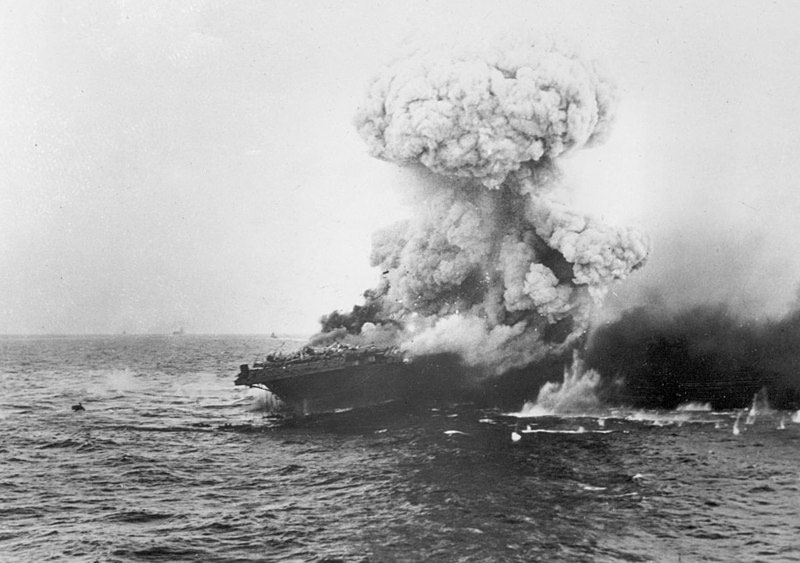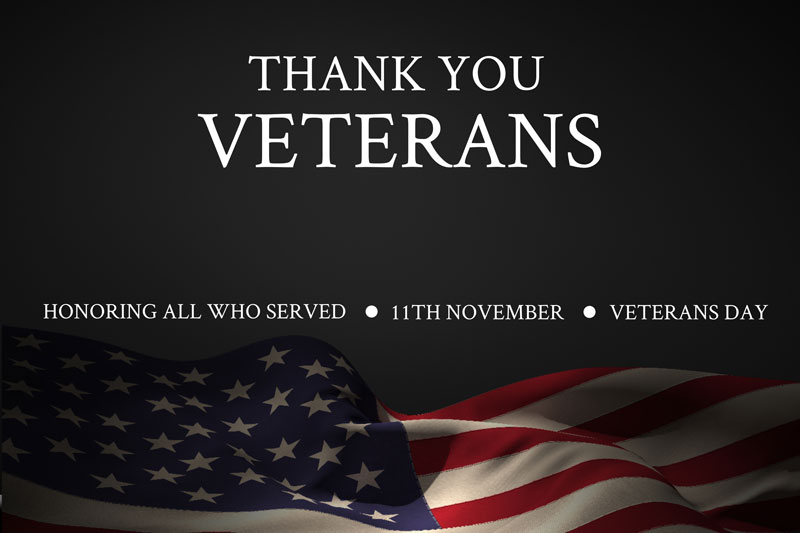
Some vets I have met
By John Gregory
Throughout the years I have had the honor of meeting and interviewing several veterans of the United States military – and I always wanted to publish a list of all these people who served our country in one article. Some were humble citizens who never considered themselves heroes, while others were larger-than life characters with a commanding presence.
I can’t remember all of them – it turns out there are more than I realized. Now, for Veterans Day 2020, it is my honor to briefly acknowledge the following veterans who I have encountered.
First, there are the many veterans whose names I barely remember or can’t entirely recall from my days in the small town of Grand Junction, Colorado, where I grew up.
I remember that a former Air Force pilot who survived the Vietnam war as a prisoner of war spoke at my high school during an assembly. His words had a deep impact on all the students and faculty. The principal had to cut him off because the bell for the next period sounded. Several teachers were openly angered, saying that this man sacrificed years of his life for our country, but our principal couldn’t give him a few more minutes to speak.
I remember the Marines at the recruiting office who treated me with the utmost respect as I interviewed them for a story in our high school paper. They offered me cake and champagne when I visited their office on the Marine Corps Birthday.
There was that former Air Force intelligence officer who had just passed his limit of years in which he had to maintain silence about some of his activities. He agreed to speak with me for a story and revealed some shocking tales about his experiences during the Cold War at several classified electronic listening posts. He described the tense moments when he monitored a huge wave of hundreds of Soviet and Red Chinese fighter jets soaring toward each other during a climactic feint when the two countries were at odds in the 1970s. He also emphasized his astonishment of monitoring accounts by Israeli pilots – whom he described as highly respected and reliable – about their encounters with UFOs. His description was chilling.
There was that time I interviewed a dozen student veterans for a story in my college newspaper. Most of them were Vietnam vets. It was an intense hour arranged by Major Dean Kershaw, the man who headed the ROTC program at the campus. Kershaw, a Vietnam veteran who saw action as a U.S. Army engineer, had cold steel gray eyes that would look right through a person. You didn’t need to be a genius to know this guy had seen combat. I was scared to death of him, but he always treated me fairly, even sending federal funds our way for recruitment advertising in our student paper. A member of the college disciplinary court, he moved to forgive my 10 parking tickets I received while distributing our paper around campus – and he issued a special parking permit for my car.
Things didn’t go well for some of the vets. Karl, the man who married my sister, was a Vietnam vet who seemed happy one day but highly agitated the next, and I witnessed him get into occasional disturbances. He couldn’t stop fighting although he had to walk with a cane since his knees were so bad – a result of jumping out of helicopters, he said.
Another Vietnam vet who seemed to continuously attend my college but never graduate was a big guy who often came into our offices at the college student newspaper. He told me he had been a door gunner on UH-1 helicopters and survived more than 70 extraction missions in Vietnam. I saw him on the TV news one night being led away after he had holed up in a government building brandishing an Uzi submachine gun. Not one of his better days.
Then there were two men who were veterans of the U.S. Navy’s PBR fleet in Vietnam. One was a reporter who wrote for my paper in Colorado. He couldn’t hear out of one of his ears because of an explosion while he was in action. The other was the sales manager of the Penny Pincher advertising publication I worked for when I got out of college. He had a commanding presence and had bigger than life tales of patrolling the waterways of Vietnam, and often described the weapons he had seen U.S. Navy S.E.A.L.S. use during his duties inserting them near riverbanks for their missions.
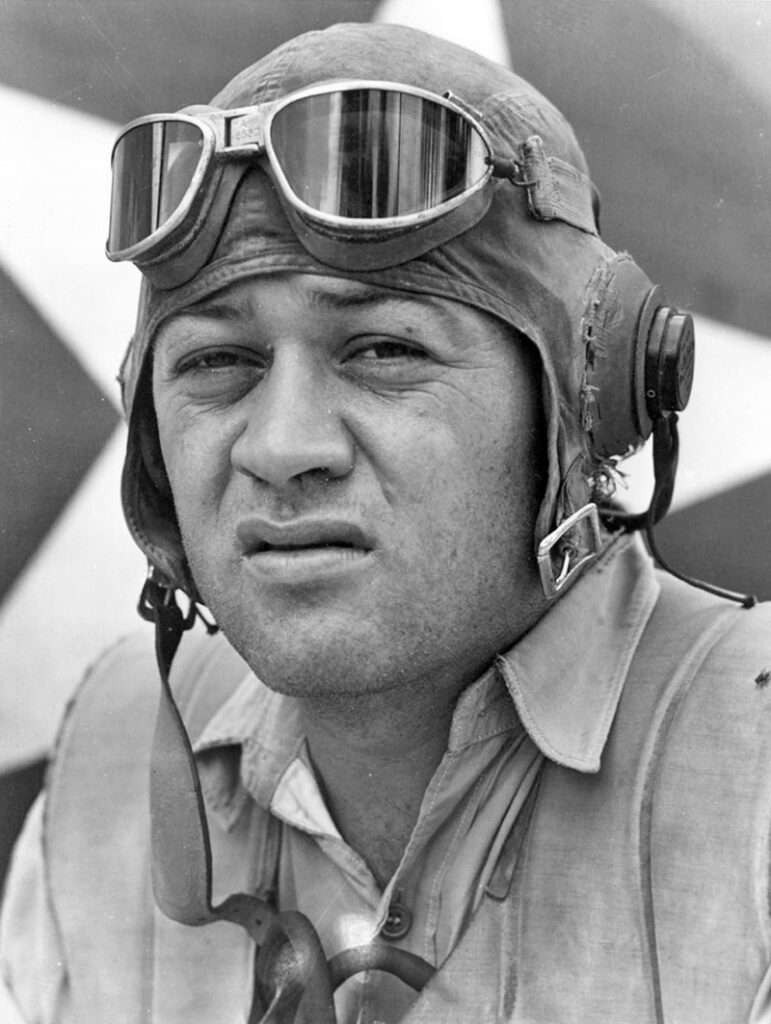
While in Colorado, I had the opportunity to interview legendary WWII U.S. Marine Corps fighter pilot Gregory “Pappy” Boyington. He was a gruff old guy, but he gave me the time and answered all my questions. Boyington was known as the unconventional commander of the Black Sheep squadron that rolled up an incredible score as its pilots fought the Japanese in the air. Boyington eventually became a P.O.W. and spent the rest of the war in Japanese prison camps. He survived and was awarded the Medal of Honor and the Navy Cross. The television series “Baa Baa Black Sheep” was based on his exploits during WWII.
While in San Diego I have come across several intriguing veterans. One, whose name I can’t recall, was a former Marine who had participated in the Olympic Games in the late 1950s. She was old when I met her, but she told me tales of carrying a pistol in her purse and wrestling thugs who tried to burglarize homes in Mission Beach. She said she would have done better except that her wooden leg slowed her down. She was also the only female member of the legendary San Diego freediving spear fishing group called the “Bottom Scratchers.” She showed me a wonderful black and white photo of herself at age 16 along with some of the other members holding spears and some of the fish they caught – no scuba gear allowed.
One of my longtime reporters, Terry Wilson, served in Vietnam with the 101st Airborne Division, has had a career in radio and television, and is a martial arts expert. A winner of at least seven Emmy Awards, he still writes and films documentaries and videos.
Master Sergeant Edward J. Moore was a Marine Corps veteran who served in WWII, the Korean War and the Vietnam War. He drove the first amtrack to hit the beach at Tarawa in that battle against the Japanese. He served from 1941 to 1968. I wrote about him often. Moore lived a couple of blocks from my office when I worked in Pacific Beach and I once walked to his home where he had a huge collection of Marine Corps documents, written history and photos all neatly preserved and filed. He showed me a photo of himself in a bunker during the siege of Khe Sanh. He was shown sitting there with a large bandage on his forehead and a big smile. This man was treated like royalty by the active service Marines and I was happy to put him on the cover of one of our papers with a big story about him. He showed up in his dress uniform to collect a copy. One of my publishers took extra care to tell him how handsome he looked in front of all our office personnel. He was blushing, but beaming from ear to ear.
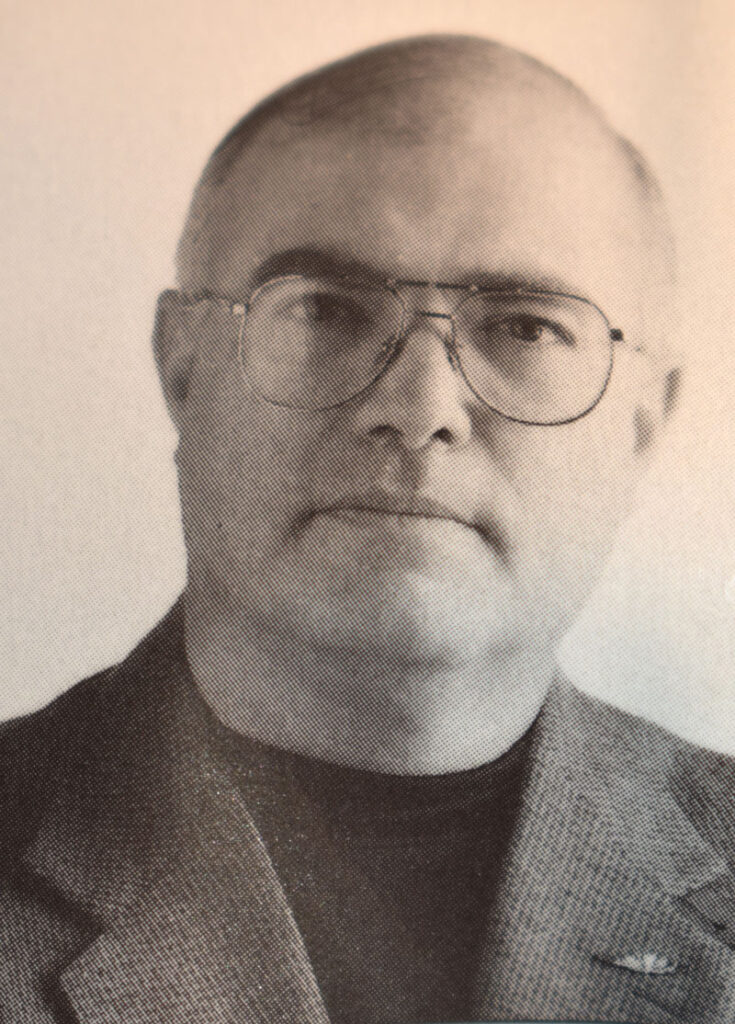
Major Bruce “Doc” Norton was a medic on a U.S. Marine Force Recon team serving in Vietnam. He has written several books about his experiences in a series, and authored other books about military men of courage. I highly recommend his books.
While living in San Diego, he was director of the Marine Corps Recruit Depot Command Museum. He invited me to visit the museum for a behind the scenes tour. I was not only impressed by the extensive collection of firearms being stored there, but was thrilled to meet one of his former recon teammates. It was extremely impressive to see these men grab weapons off Norton’s desk, check the chambers and safely hold them in firing position – just as they had trained and practiced numerous times.
Norton once presented me with a thick set of bound documents which were previously secret operational plans that had been released. Inside I found plans for an invasion of Cuba in the 1960s and plans for top secret Force Recon missions inside Red China. Included was the information I had long sought about how a Force Recon-led mission with South Vietnamese mercenaries along the shores of North Vietnam went astray, eventually leading to the famous Gulf of Tonkin Incident.
Another WWII veteran who lived in San Diego was Richard Mandich, who served in the 101st Airborne Division and made all their jumps into Europe. Beyond his WWII experiences in combat, he made several jumps in peacetime including one on a tour for airborne veterans with Russian paratroopers on Russian aircraft.
Mandich was an active member of the Return to Normandy Association and allowed me to author several biographies of veterans for the book that commemorated their ceremonial jump into Normandy on the 50th anniversary of D-Day.
He once invited me to participate in a very special luncheon with the La Jolla lunchtime Rotary Club in which some foreign embassies helped gather WWII airborne veterans from around the globe to celebrate. The Rotary Club received special permission to serve French wine which was shipped in just for the occasion. It was a wonderful event and my photographer, using regular film in those days, ran out – but I told her to keep shooting because the veterans were having so much fun posing for photos.
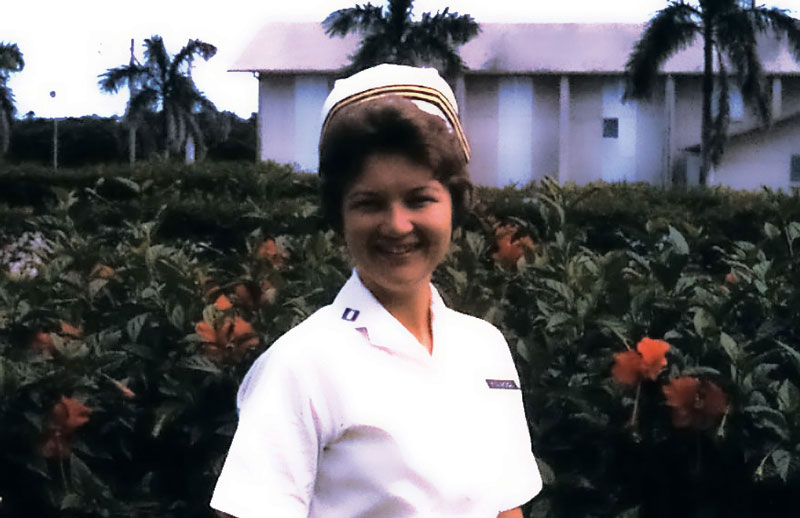
In Scripps Ranch, I have been in touch with DJ Lavoie, who was serving as the co-chair of the Navy Nurse Corps Association’s Oral History Project. Lavoie was a Navy nurse who served during the Vietnam War. She experienced a lot during her war time duties, and I was able to assign a reporter to write her impressive story: https://scrippsranchnews.com/news/some-vets-i-have-met/.

I once interviewed U.S. Navy veteran Bob Bolger, a Vietnam veteran who was volunteering at the Maritime Museum of San Diego. Bolger and I sat aboard PCF 816, a swift boat on display at the museum, as he described the vessel, its weapons and some of the incredible battles he and his crewmates experienced.
Swift boats are 50-foot-long, aluminum-hulled vessels used during the Vietnam War to stop enemy supplies from being transported south. While they are sturdy, I would describe them as floating tin cans. That’s because Bolger’s stories of combat aboard these swift boats became all the more vivid since I was sitting in one of them. I could easily imagine the terrifying sounds as the crew discharged their weapons toward the enemy on a shoreline and the enemy fired back – resulting in bullets and rockets penetrating the sides of the boat, its small pilot house and the small cabin directly behind it. There was nowhere to hide for protection in one of these things.
Bolger described one particular battle that occurred on May 14, 1967, in which his crew earned five Purple Hearts, three Bronze Stars and needed two helicopter “dust-off” missions to evacuate the wounded.
Chills went down my spine as I realized the crew of one of these boats consisted of only six sailors. All but one was wounded in that firefight
“The only number important to any of us was zero body bags,” he said calmly.
Needless to say, the courage of these sailors was astounding. Here is more from that interview: https://sandiegodowntownnews.com/swift-boats-and-firefights/
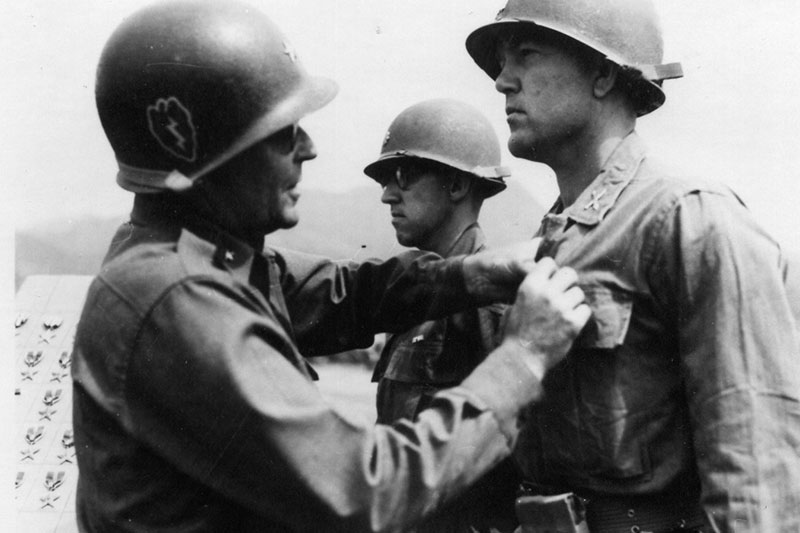
Of course, there is Bob Dingeman, known as Mr. Scripps Ranch because of all his extensive civic duty for the San Diego community in which he settled following his retirement. He was a retired U.S. Army colonel who had quite an impressive and historic military career. He just happened to be attending the University of Hawaii in the ROTC program when the Japanese attacked Pearl Harbor on Dec. 7, 1941. His story just gets better from there. He was decorated numerous times for his heroism and duty in the Korean War, and the Vietnam War. He commanded a nuclear missile unit in Europe, participated in 16 combat campaigns, worked as a staff member on many assignments with worldwide implications and made the suggestions that helped improve the M-16 rifle and saved thousands of lives. On Nov. 11, 2020, Veterans Day, the City of San Diego honored Dingeman by naming a street after him: “Col. Robert Dingeman Drive” – located at the intersection of Aviary Drive and Red Cedar Lane.
I spoke to Dingeman many times, especially when I worked at a small paper between 1988 and 1989 in Scripps Ranch. I have interviewed him at his home twice over the years. Here is the first part of a three-part series I wrote about his military career in 2017: https://scrippsranchnews.com/news/some-vets-i-have-met/.
Jim Bement, my brother-in-law, spent many years in the U.S. Air Force before retiring from the service. Not only did he dedicate years to this country, he later dedicated hours listening to the story of a WWII veteran who fought the Japanese – and authored a very detailed book about that man’s incredible experiences.
I would be remiss in my reporting if I didn’t mention two family members who were not official members of the U.S. military, but contributed greatly to the United States military and all countries in their efforts to preserve and expand freedom across the globe.
My aunt, Estelle Kmetek, had a longtime career serving the United States government from WWII to the 1970s, first in the U.S. State Department and later as a civilian employee of the Department of Defense. Her last assignment was as a court reporter for court-martial trials on the Amphibious Base on North Island. She told me stories of watching Navy S.E.A.L. training from her office window during the time of the Vietnam War. She retired from the Department of Defense and spent the next several years working for the San Diego Zoo.
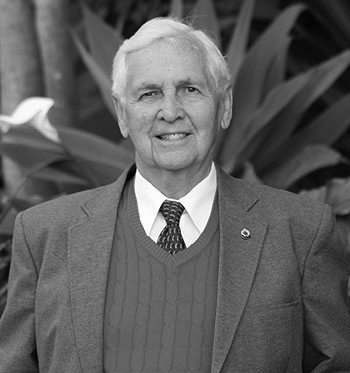
My father-in-law, Keith Kedward, was also not a member of the U.S. military, but he was a brilliant man who contributed much to the aerospace industry in the United States and its allies. Born in the United Kingdom, he taught at the Royal Military College of Science where he was given the equivalent rank of major for the purpose of his teaching job. Once he moved to the U.S., he became an American citizen so that he could work on development of important aircraft projects. He had top secret clearance and there were many tales of suspected surveillance vehicles parked outside the family residence during the Cold War. His specialty was composites. He provided technical contributions for the introduction of composites in satellite and spacecraft structures. He explained to me that he helped create the materials that made the B-117 Nighthawk and the B-2 Spirit bomber stronger and stealthy. He didn’t have much need for computers — all the formulas were in his head.
In 1990, he became a professor of mechanical engineering at the University of California, Santa Barbara, where he was a popular, award-winning professor.
Kedward worked at Rolls Royce, Bristol Aerospace as a consultant, the University of Manitoba, General Dynamics and McDonnell Douglas. He travelled world-wide as a consultant during the length of his career, and delivered lectures at top universities. He was notified for work on the space shuttle, and whenever there was a big jetliner crash, it’s likely that he was brought in to lend his opinion. He was also pursued to consult by Callaway Golf and several high-quality European automotive corporations.
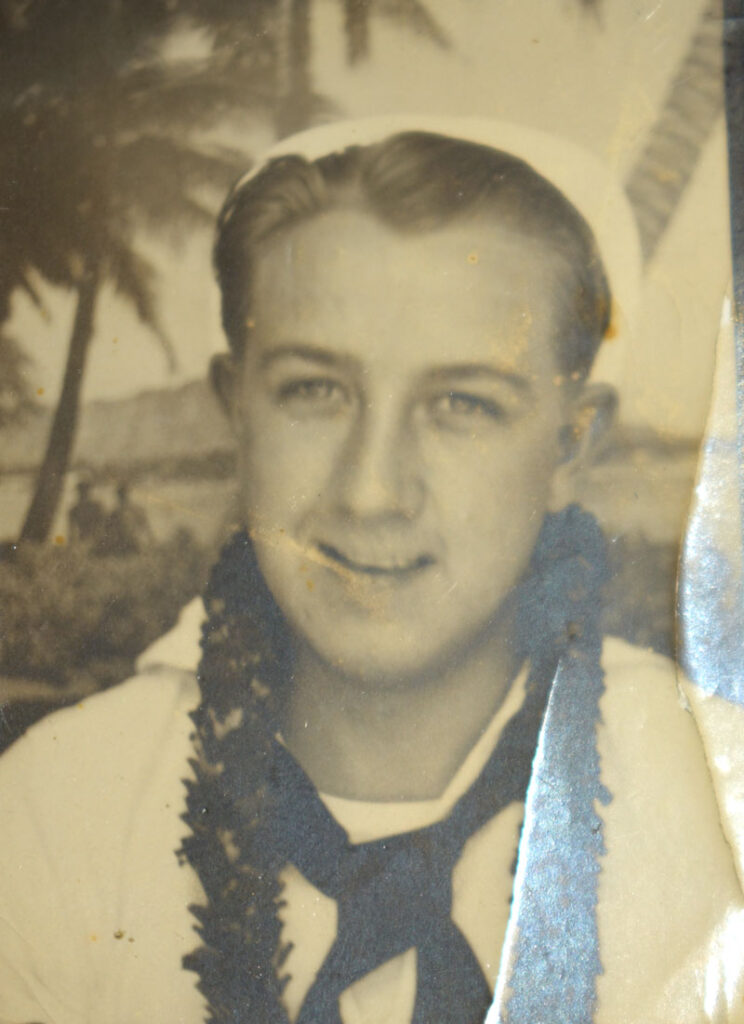
Finally, we come to the story of John Kmetek, my adoptive father. He was a sailor on the USS Lexington during WWII. That was one of the carriers the Japanese hoped to sink during the attack on Pearl Harbor. Luckily, it was out to sea. Later in the war, the Lexington was sunk by the Japanese during the Battle of Coral Sea, and my father was one of the survivors. I remember him telling me that the sailors threw ropes over the side when they were ordered to abandon ship, but in the time it took them to climb down, the end of the ropes were 20 feet in the air because the ship was listing to the other side. They had to jump the extra distance to the sea.
The sailors reportedly lined up their shoes in neat rows on the crumbling deck before they abandoned ship. While my father made it out alive, his accordion – which he used to entertain the sailors during down time – went down with the ship. Legendary poet Carl Sandburg caught wind of this story and the Chicago Times published an article about it. The citizens of Chicago donated money to buy him a new accordion, which was presented to him once he returned to the States during a live simultaneous nationwide broadcast on NBC and CBS radio. Sandberg published a poem titled “Weep not for Me” about my father in his book titled “Home Front Memo.”
